If you think wallpapers are simply a pretty accoutrement, think again. Thanks to Kevlar, carbon or glass fibre, wallpapers are firmly in the sight of science, too. As the materials of the future are so much flatter, stronger and lighter than ever before, it is hardly surprising that the world of science is showing more and more interest. But what can these wallpapers straight out of science labs really do? Is it true that they could save lives?
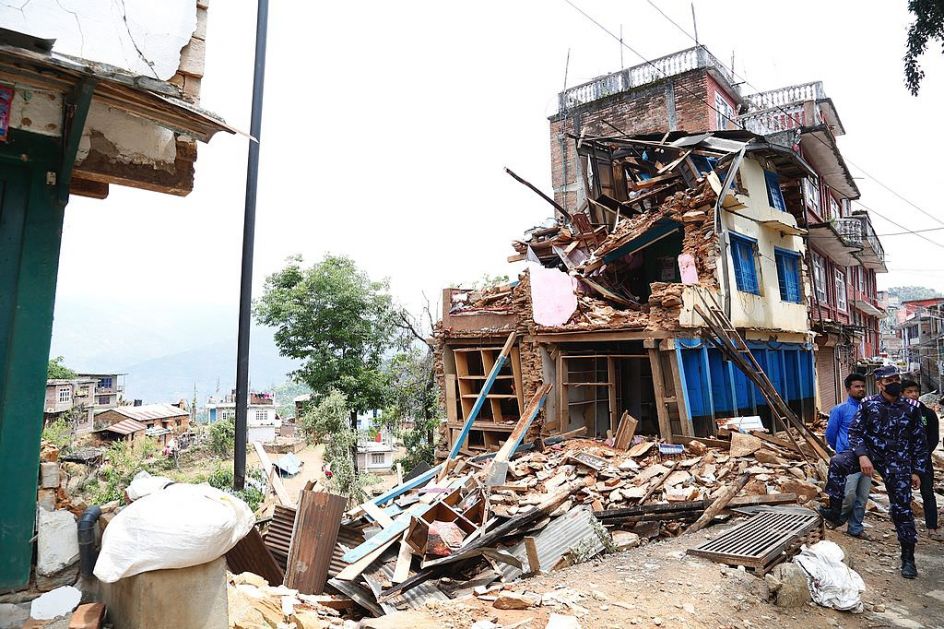
Source: Jessica Lea, DFID
The so-called "Earthquake Wallpaper" (also known as “Seismic Wallpaper – Intelligent Earthquake Protection”) could certainly achieve such a feat, according to the scientists at the Karlsruher Instituts für Technologie (Karlsruhe Institute for Technology). The experts at the Institute developed glass fibre technology which supports the wall and (at least temporarily) prevents it from collapsing. As a result, the people inside the building have more time to escape. During earthquakes, most casualties die because they cannot get out of buildings, due to debris and collapsed walls. This was a fact that the Karlsruhe scientists were only too aware of. Since the 1990s, they had been experimenting with glass fibre strips which they initially attached diagonally to the brickwork, but unfortunately this actually increased the damage to the walls. Eventually, they found that attaching glass fibre wallpaper to the entire wall was the solution.
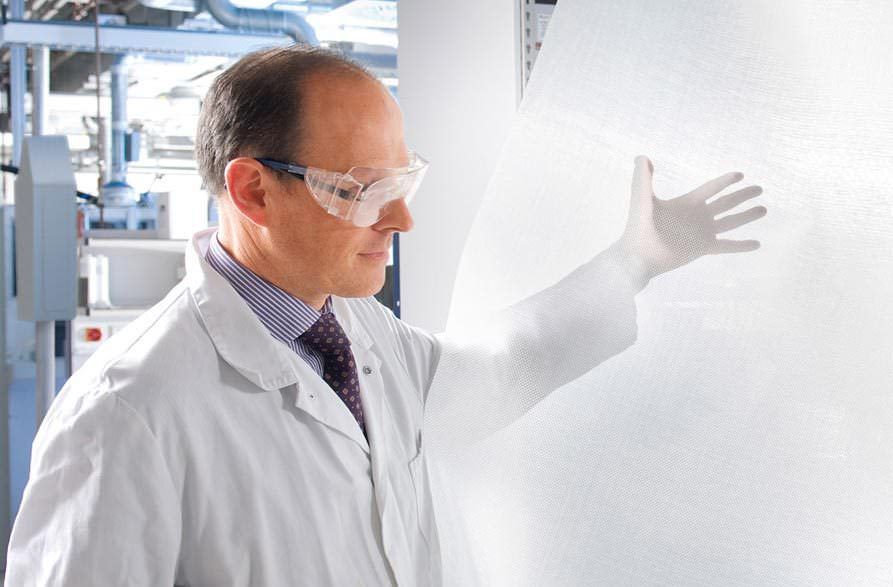
This special wall covering consists of an extremely thin fabric (made from glass fibre and plastic) which is extremely good at deflecting the impact of an earthquake, as the fibres are arranged in four directions. The extremely tear-resistant glass fibre structure provides stability, whilst the Polypropylene plastic fibres deliver the necessary elasticity to withstand an earthquake. But common wallpaper paste will not suffice to attach this high-tech wallpaper to the wall. For this reason, the researchers, together with the experts at Bayer MaterialScience, developed a special elastic glue which adapts to the grooves and lines of the brickwork, remains elastic even during strong tremors, and ensures that the wallpaper sticks to the wall permanently.
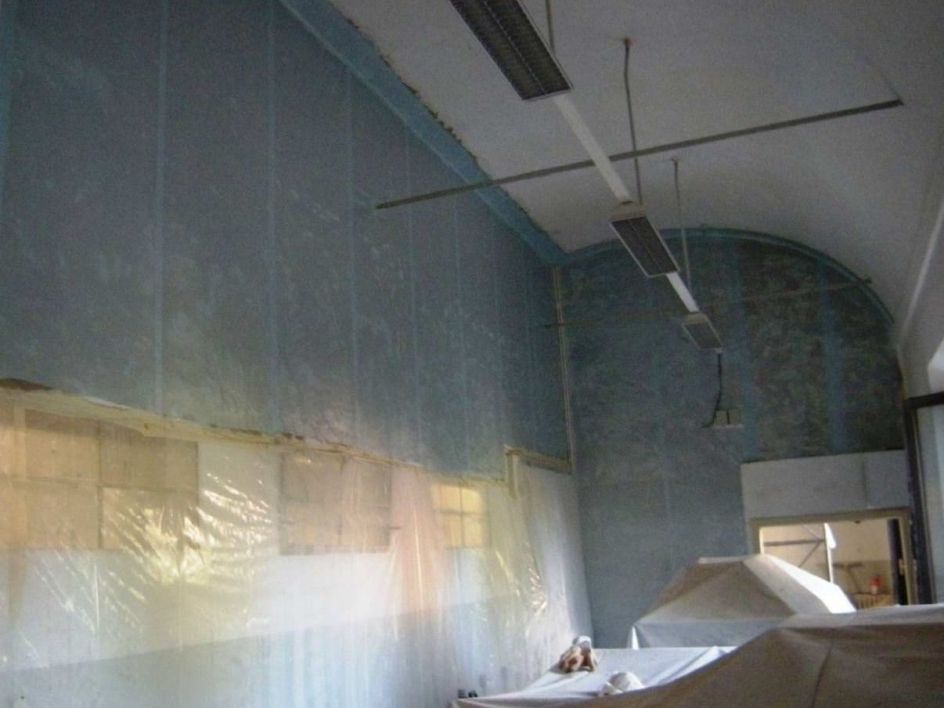
Thanks to the motivation and perseverance of these researchers and scientists, "earthquake wallpaper" called "Mapewrap EQ Net" can now be found in many schools and public buildings in Italy, for instance. This wallpaper provides a relatively cost-effective and simple solution for retrospective earthquake-proofing, especially for old buildings. Today, earthquake-resistant wallpaper is also available in various attractive designs.
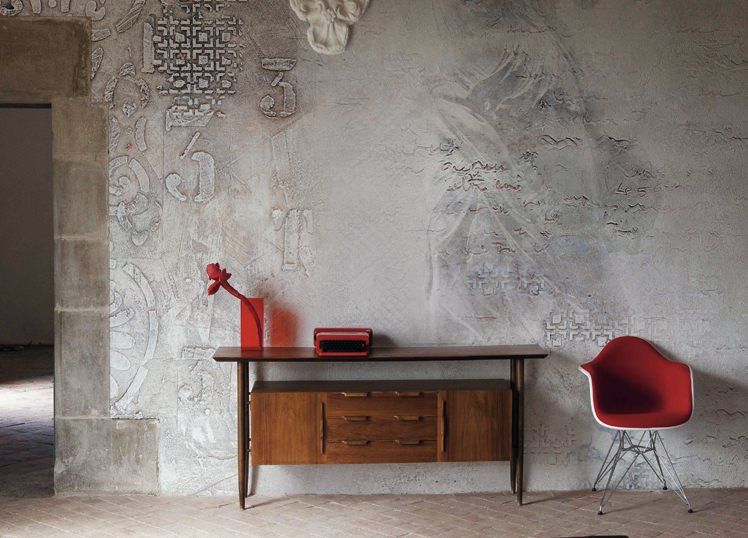
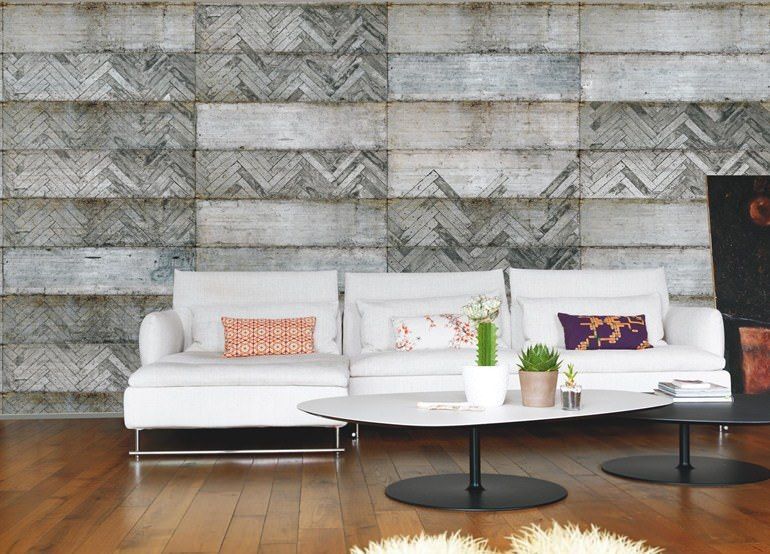
But if a wallpaper can safeguard against earth tremors, can it also withstand a bomb attack? This was almost certainly the question that lead the American Forces (in cooperation with Berry Plastics) to the development of a bombproof wallpaper named "X-Flex". It consists of a material similar to Kevlar which is sandwiched between two polymer layers. The main advantage of this wallpaper is that it can be applied swiftly and simply in global areas of conflict. An entire room can be wallpapered with bomb-proof paper within one hour. This wall covering does not only protect against the blast wave but will also catch falling debris and collapsing walls - just like a net. At the moment, the "X-Flex" is only available to the military, but there are plans for a version for non-military use - suitable, for instance, for applying to private bomb shelters and bunkers.
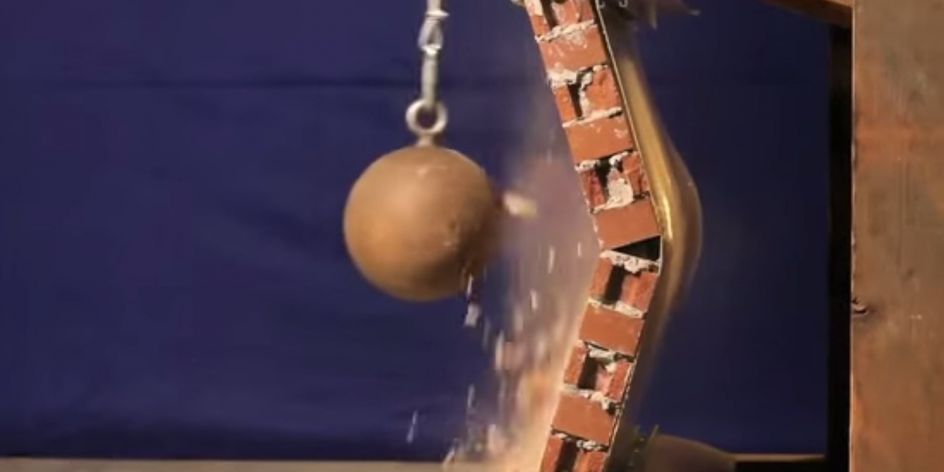
For those who are also after a bug- or tap-proof system, the latest innovations in terms of new materials, developed by a Utah company, might be of interest. Their flexible, thin structure made from nickel-plated carbon fibre can even defend against electromagnetic radiation. The fabric is suitable for wallpapers and transforms every room into a Faraday Cage. The Faraday Cage, named after the British scientist Michael Faraday, provides an electromagnetic screen which protects against lightning but also against cyber attacks on computer systems and potential future electromagnetic weapons.
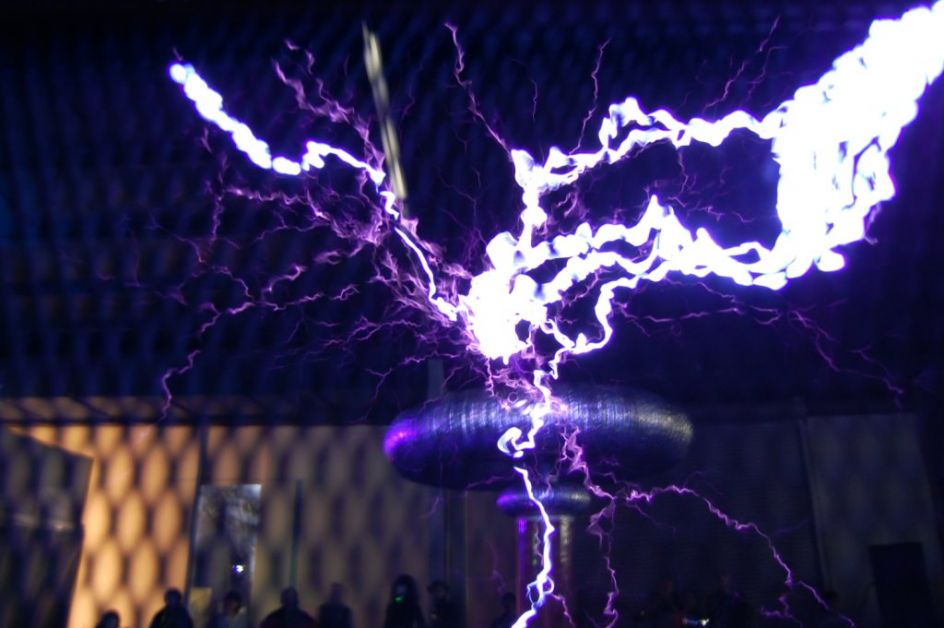
Source: Clarence Risher
But the idea of a tap-proof wallpaper isn't entirely new. Protective wallpapers have been on the market from as early as 2004. They are, for instance, treated with a carbon paste, consist of copper mesh, or are equipped with stainless steel fibres. So-called EMC (Electromagnetic Compatibility) are not only used in banks or embassies, but also in hospitals, in order to protect sensitive equipment from interference. In private residences, they help protect inhabitants from electromagnetic pollution.
But the wallpapers of the future might be able to do even more than that: clean the air, absorb poisonous gases, work as an interface for your household appliances or transform your lounge wall into a movie screen. Is this truly in the realm of possibility? Yes, thanks to so-called OLEDs (organic light-emitting diodes) - very thin and flexible luminous foils - the idea of wallpapers being used as TVs is not the stuff of science fiction any longer. I wonder what will adorn our walls in ten years' time? Wall coverings that heat the room or play music, perhaps? Let's wait and see...
